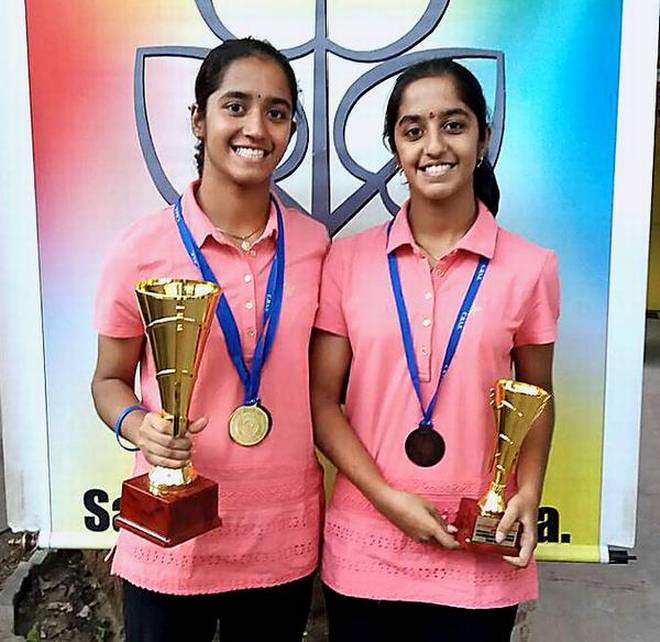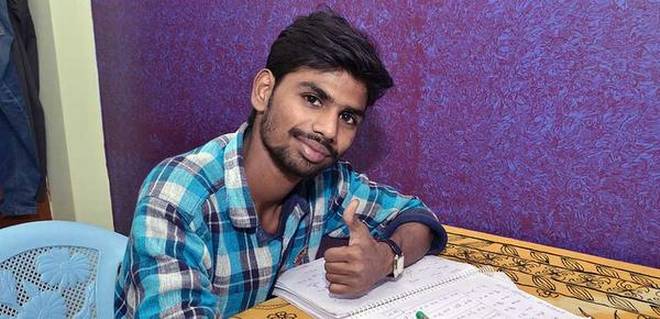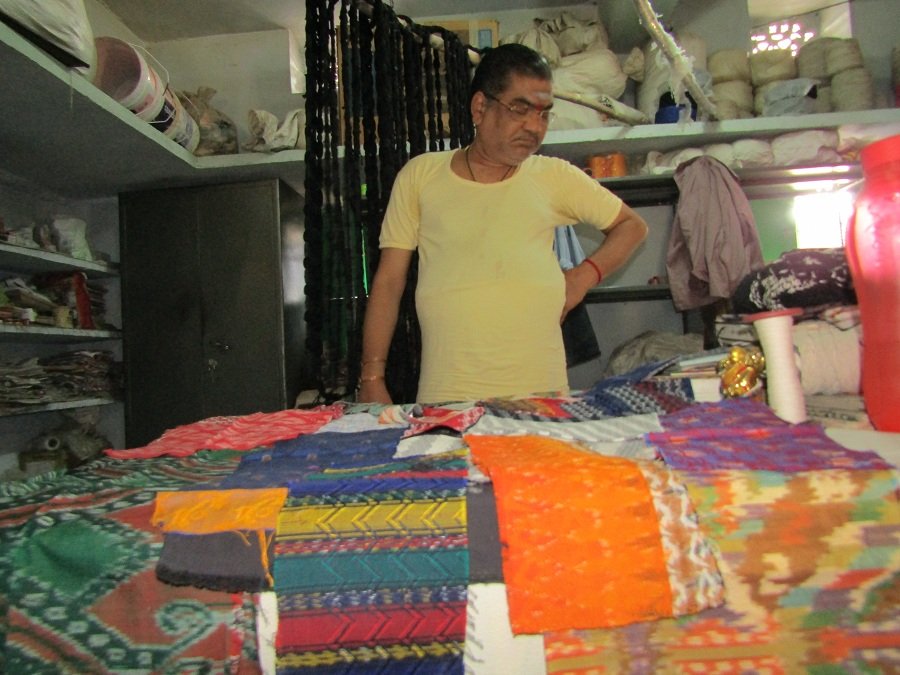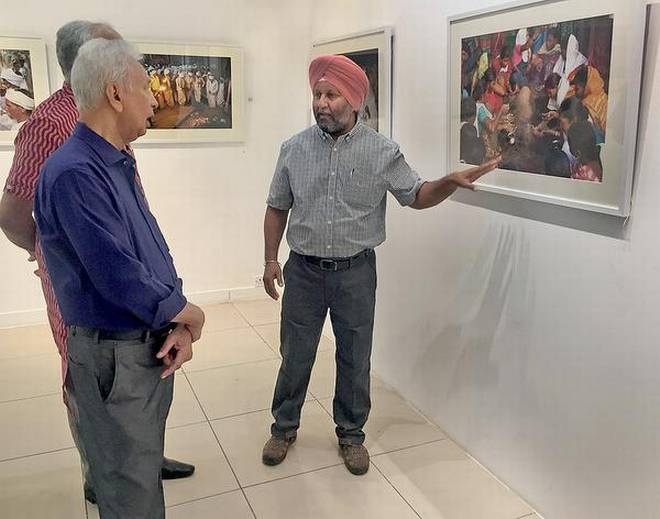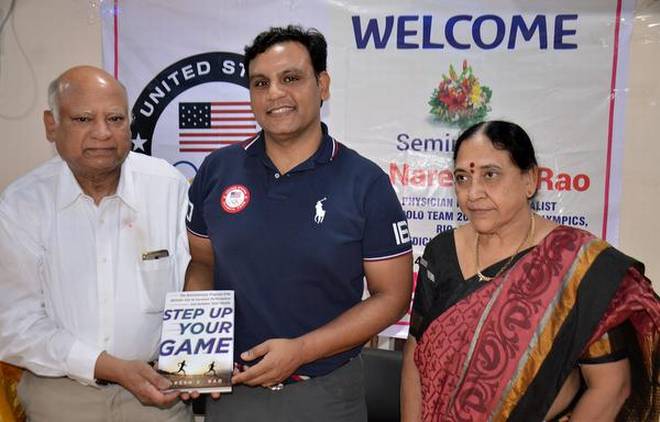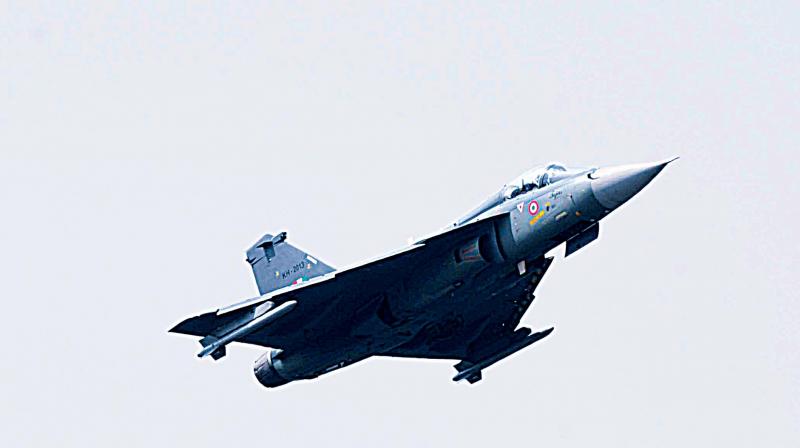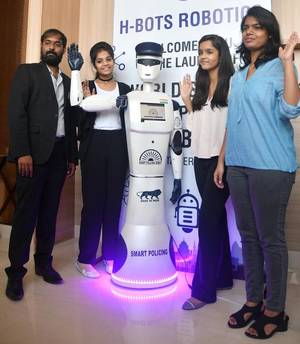
The ‘smart police robot’ has capabilities to identify suspects and record video clips
Hyderabad may soon get its first ‘robocop’, with the launch of a prototype in the city on Friday. Unlike its famous Hollywood counterpart, however, this five-foot-seven-inch tall ‘smart police robot’, weighing 43 kg, is not yet capable of chasing down criminals.
But according to its makers, it can take complaints, record audio and video clips, identify suspects, detect metals, and monitor temperature.
The policing robot has been made by H-BOTS, a Hyderabad-based artificial intelligence (AI) and machine learning start-up. It was conceived at Makers Leeway, the start-up’s research lab, six months ago.
Multi-touch screen
The life size prototype was launched by Telangana Information Technology Secretary Jayesh Ranjan on Friday. Made of nylon plastic, said to be ten times stronger that regular plastic, the robot has a multi-touch screen. “It recognises voice and can interact in English. In the near future, it will recognise Telugu and Hindi as well,” said Kisshhan PSV, CEO of H-BOTS.
The robot is expected to be familiar with basic policing work, regulation of traffic, and details of the Indian Penal Code. “On subjects it is not familiar with, the robot will reply to queries by sourcing information from Wikipedia or Google,” Mr. Kisshhan said, adding that it has an AI unit inside.
If someone tries to tamper with it, the robot is programmed to blow a siren similar to that used by police vehicles. Though far from a complete ‘police person’, unlike a human cop, it can work round-the-clock and its AI-enhanced surveillance capabilities would be far superior.
Its makers say it can be showcased as an advance in policing technology and eventually be introduced to carry out basic police work such as registering cases. But a lot of new ground needs to be covered in the development AI, machine learning, and robotics before there is a realistic chance of robots replacing humans in policing.
In its present form, the smart police robot can assist people at malls, streets, airports and railway stations. After a few more months of fine-tuning the robot, the company plans to produce 700 units a year by 2020.
source: http://www.thehindu.com / The Hindu / Home> News> Cities> Hyderabad / by Marri Ramu / Hyderabad – December 29th, 2017
